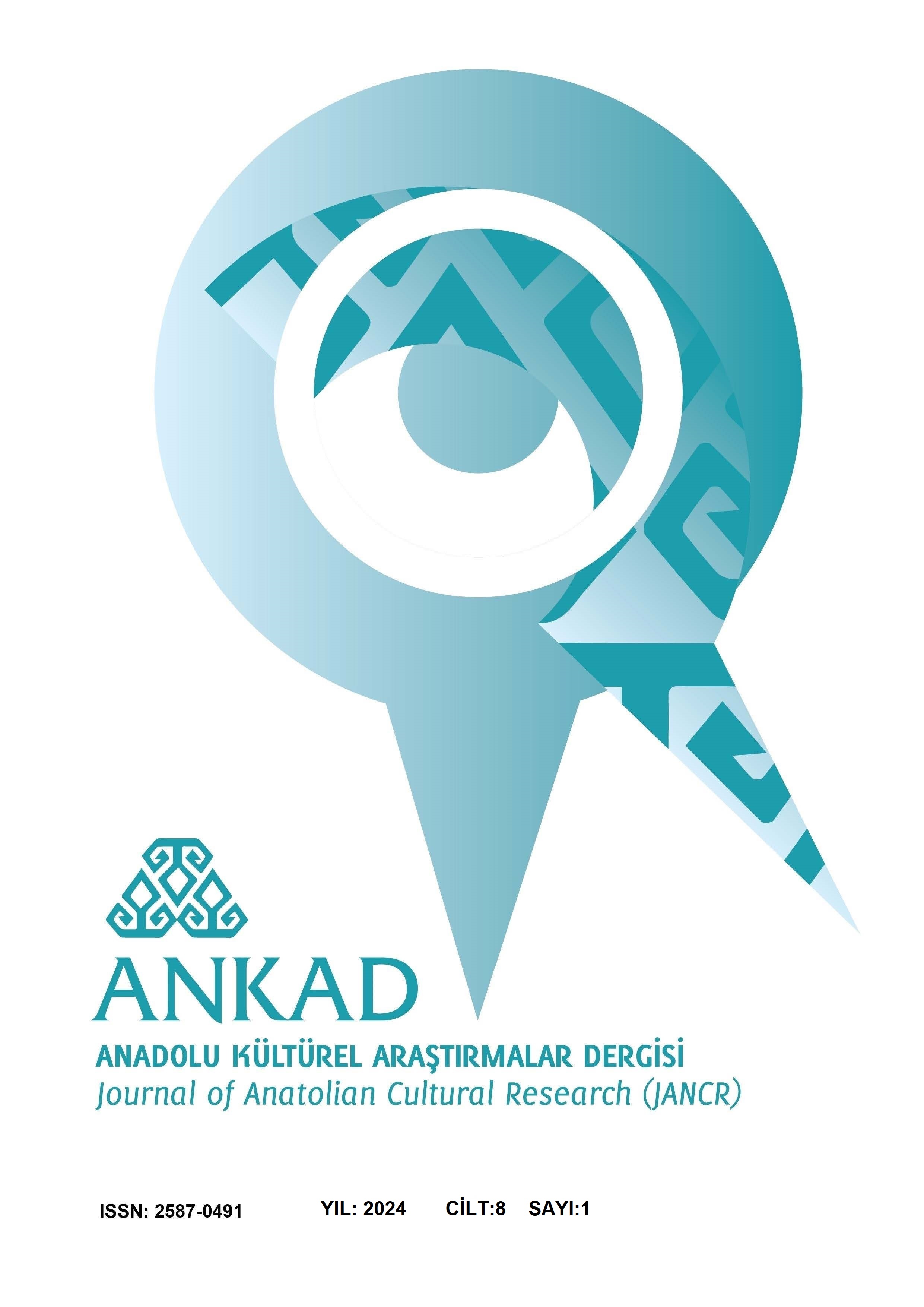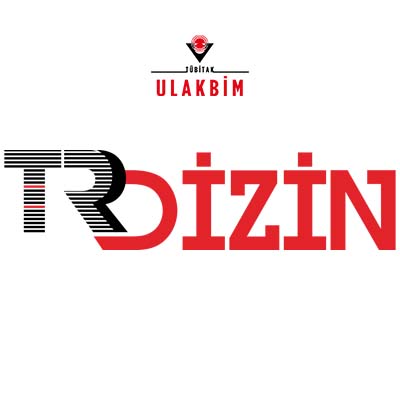STEM Uygulamalarına Yönelik Tutum Ölçeği Geliştirilmesi: Geçerlik ve Güvenirlik Çalışması
DOI:
https://doi.org/10.15659/jancr.v8i1.164Anahtar Kelimeler:
STEM- geçerlik- güvenirlik- tutum ölçeği- fen bilimleri öğretmenleriÖzet
Küreselleşme, kalkınmanın sürdürülebilir olması için eğitim sisteminde köklü değişimler yapılmasını zorunlu kılmıştır. Bu değişimlerden biri de disiplinler arası yaklaşımı temel alan STEM modelinin eğitimle bütünleştirilmesidir. Bu çalışmada fen bilimleri öğretmenlerinin STEM uygulamalarına yönelik tutumlarını belirlemeye yönelik bir ölçek geliştirilmiş ve ölçeğin geçerlik ve güvenirlik çalışmaları yapılmıştır. Ölçeğin geçerlik ve güvenirlik çalışması 360 fen bilimleri öğretmeni ile yapılmıştır. Ölçeğin yapı geçerliği için açımlayıcı ve doğrulayıcı faktör analizi uygulanmıştır. 5’li likert tipinde hazırlanan STEM tutum ölçeğinde 22 madde ve 3 faktörlük yapı belirlenmiştir. Ölçek iç tutarlık kat sayısı 0,934 ve KMO değeri 0,934 bulunmuştur. Ölçekte toplam varyans oranı %63,05’tir. Bu bulgular ölçeğin fen bilgisi öğretmenlerinin STEM’e ilişkin tutumlarının belirlenmesi için geçerli ve güvenilir olarak bulunmuştur.
Referanslar
KAYNAKÇA
Akgündüz, D., Aydeniz, M., Çakmakçı, G., Çavaş, B., Çorlu, M.S., Öner, T., & Özdemir, S. (2015). STEM eğitimi Türkiye raporu: “Günün modası mı? Yoksa gereksinim mi? İstanbul: STEM Merkezi ve Eğitim Fakültesi, İstanbul Aydın Üniversitesi. [Çevrimiçi: www.aydin.edu.tr/belgeler/IAU-STEM-Egitimi-Turkiye-Raporu-2015.pdf, Erişim tarihi: 1 Aralık 2016].
Allport, G. W. (1935). Attitudes: A handbook of social psychology. Worchester Mass: Clark University Press.
Alsmadi, M. A. (2020). Requirements for application of the STEM approach as perceived by science, math and computer teachers and their attitudes towards It. Eurasia Journal of Mathematics, Science and Technology Education, 16(9). https://doi.org/10.29333/ejmste/8391
Aronson, E., Wilson, T. D., & Akert, R. M. (2012). Sosyal psikoloji. Çeviren: Okhan Gündüz. İstanbul: Kaknüs Yayınları.
Atkinson, R. D., Hugo, J., Lundgren, D., Shapiro, M. J., & Thomas, J. (2007). Addressing the STEM challenge by expanding specialty math and science high schools. Information Technology and Innovation Foundation.
Breiner, J. M., Harkness, S. S., Johnson, C. C., & Koehler, C. M. (2012). What is STEM? A discussion about conceptions of STEM in education and partnerships. School Science and Mathematics, 112(1), 3-11.
Büyüköztürk, Ş. (2020). Sosyal bilimler için veri analizi el kitabı istatistik, araştırma deseni SPSS uygulamaları ve yorum. (28.baskı). Ankara: Pegem Akademi Yayıncılık.
Büyüköztürk, Ş., Kılıç-Çakmak, E., Akgün, Ö. E., Kardeniz, Ş., & Demirel, F. (2016). Bilimsel araştırma yöntemleri. (22.baskı). Ankara: Pegem Akademi Yayıncılık.
Bybee, R. W. (2010). Advancing STEM education: A 2020 vision. Technology and Engineering Teacher, 70(1), 30-35.
Child, D. (2006). The essentials of factor analysis. (Third Edition). Continuum: London.
Çorlu, M. S. (2014). FeTeMM eğitimi makale çağrı mektubu. Turkish Journal of Education, 3(1), 4-10.
Dugger, E. W. (2010). Evolution of STEM in the United States. 6th Biennial International Conference on Technology Education Research, Australia. [Çevrimiçi: http://www.iteea.org/Resources/PressRoom/AustraliaPaper.pdf, Erişim tarihi: 25 Aralık 2019].
Gonzalez, H. B., & Kuenzi J. (2012). Congressional research service science, technology, engineering, and mathematics (STEM) education: A primer. [Çevrimiçi: http://www.stemedcoalition.org/wp-content/uploads/2010/05/STEMEducation- Primer.pdf, Erişim tarihi: 20 Aralık 2019].
İnam, N. (2020). Öğretmenlere yönelik STEM tutum ölçeği geliştirme çalışması. [Yayınlanmamış yüksek lisans tezi]. Balıkesir Üniversitesi, Balıkesir.
Kaiser, H. F. (1974). An index of factorial simplicity, Psychometrika, 39(1), 31-36.
Kline, R. B. (2015). Principles an practice of structual equation modeling. (Fourth Edition) New York: Guilford.
Lund, T. J., & Stains, M. (2015). The importance of context: An exploration of factors influencing the aadoption of student-centered teaching among chemistry, biology, and physics faculty. International Journal of STEM Education, 2(1), 1-21.
Machi, E. (2009). Improving US competitiveness: With K-12 STEM education and training. Heritage Foundation, Heritage Special Report, SR-57.
Marginson, S., Tytler, R, Freeman, B., & Roberts, K. (2013). STEM: country comparisons. Report fort he Australian Council of learned academies. [Çevrimiçi: https://acola.org/stem-country-comparisons-saf02/, Erişim tarihi: 17 Ekim 2020].
Marshall, S. P. (2010). Re-imagining specialized STEM academies: Igniting and nurturing decidedly different minds, by design. Roeper Review, 32(1), 48-60.
Nunnally, J. C. (1978). Psychometric testing. New York: McGraw-Hill.
OECD [The Organisation for Economic Co-operation and Development] (2010). Education at a glance, [Çevrim-içi:https://www.oecd.org/education/skills-beyond-school/45926093.pdf, Erişim tarihi: 10 Aralık 2019.]
Özmusul, M., & Kaya, A. (2014). Türkiye’nin PISA 2009 ve 2012 sonuçlarına ilişkin karşılaştırmalı bir analiz. Journal of European Education, 4(1), 23-40.
Ramaley, J. A. (2002). New truths and old verities. New Direction for Higher Education. 2002(119), 15-22.
Sanders, M. (2009). STEM, STEM education, STEMmania. The Technology Teacher, 68(4), 20-26.
Schermelleh-Engel, K., Moosbrugger, H., & Müller, H. (2003). Evaluating the fit of structural equation models: Tests of significance and descriptive goodness-of-fit measures. Methods of Psychological Research Online, 8(2), 23-74.
Shaw, R. L. (2018). Using Project-based learning to cultivate 21st century skills in STEM education. [Yayınlanmamış Doktora Tezi]. Lamar University.
Sullivan, F. R. (2008). Robotics and science literacy: Thinking skills, science process skills and systems understanding. Journal of Research in Science Teaching: The Official Journal of the National Association for Research in Science Teaching, 45(3), 373-394.
White, D. W. (2014). What is STEM education and why is it important? Florida Association of Teacher Educators Journal, 1(14), 1-9.
Tavşancıl, E. (2014). Tutumların ölçülmesi ve SPSS ile veri analizi. (5. Baskı). Ankara: Nobel Yayınları.
Thibaut, L., Knipprath, H., Dehaene, W., & Depaepe, F. (2017). Development and validation of an instrument for measuring teachers’ attitudes toward teaching integrated STEM. HIVA KU Leuven: Leuven.
TUSİAD [Türk Sanayicileri ve İşadamları Derneği]. (2017). 2023’e Doğru Türkiye’de STEM Gereksinimi. [Çevrimiçi: http://www.tusiadstem.org/images/raporlar/2017/STEM-Raporu, Erişim tarihi: 17 Ekim 2020].
van Aalderen-Smeeets, S. I. & Walma van der Molen, J. H. (2015). Improving primary teachers’ attitudes toward science by attitudes toward science by attitude-focused professional development. Journal of Research in Science Teaching, 52(5), 710-734.
Yamak, H., Bulut, N., & Dündar, S. (2014). 5. sınıf öğrencilerinin bilimsel süreç becerileri ile fene karşı tutumlarına FeTeMM etkinliklerinin etkisi. Gazi Üniversitesi Eğitim Fakültesi Dergisi, 34(2), 249-265.
Yaman, F. (2020). Öğretmenlerin STEM eğitimine yönelik farkındalık, tutum ve sınıf içi uygulama özyeterlik algılarının incelenmesi. [Yayınlanmamış Doktora tezi]. Dicle Üniversitesi, Diyarbakır.
İndir
Yayınlanmış
Nasıl Atıf Yapılır
Sayı
Bölüm
Lisans
Telif Hakkı (c) 2024 Anadolu Kültürel Araştırmalar Dergisi (ANKAD)

Bu çalışma Creative Commons Attribution-NonCommercial 4.0 International License ile lisanslanmıştır.













